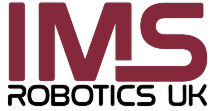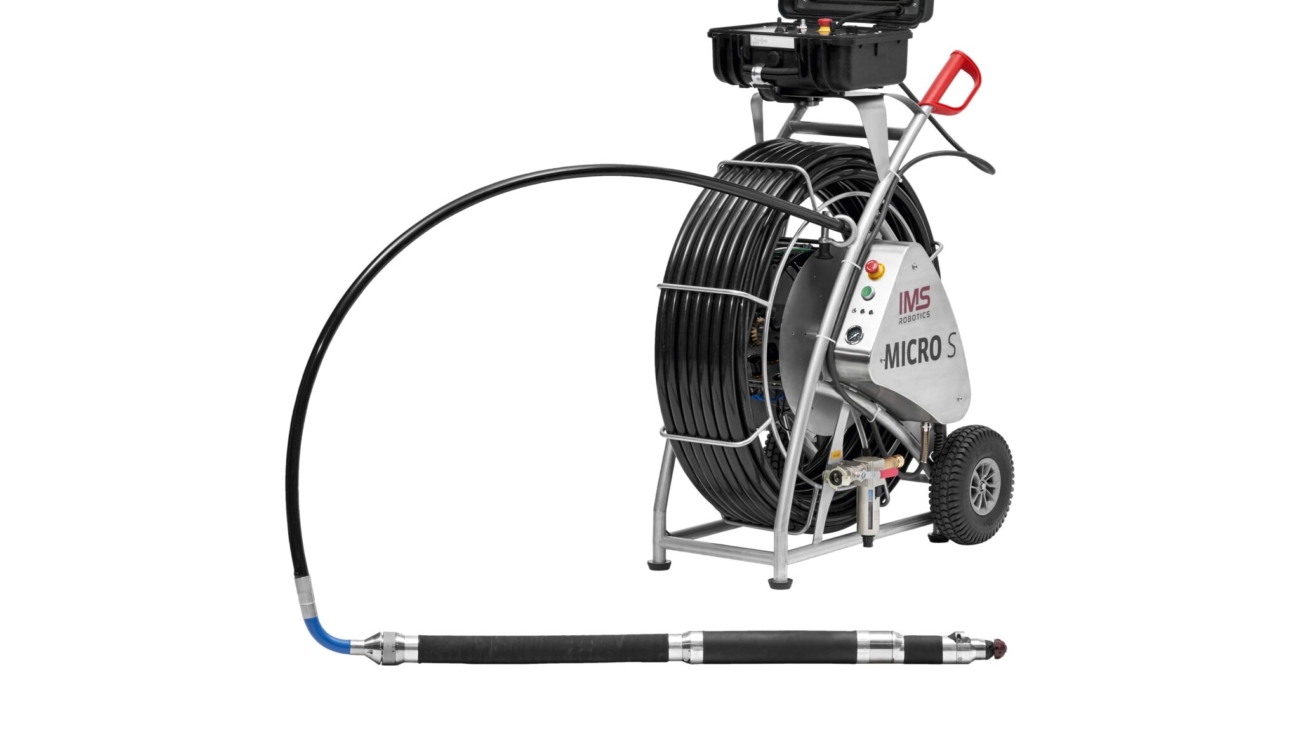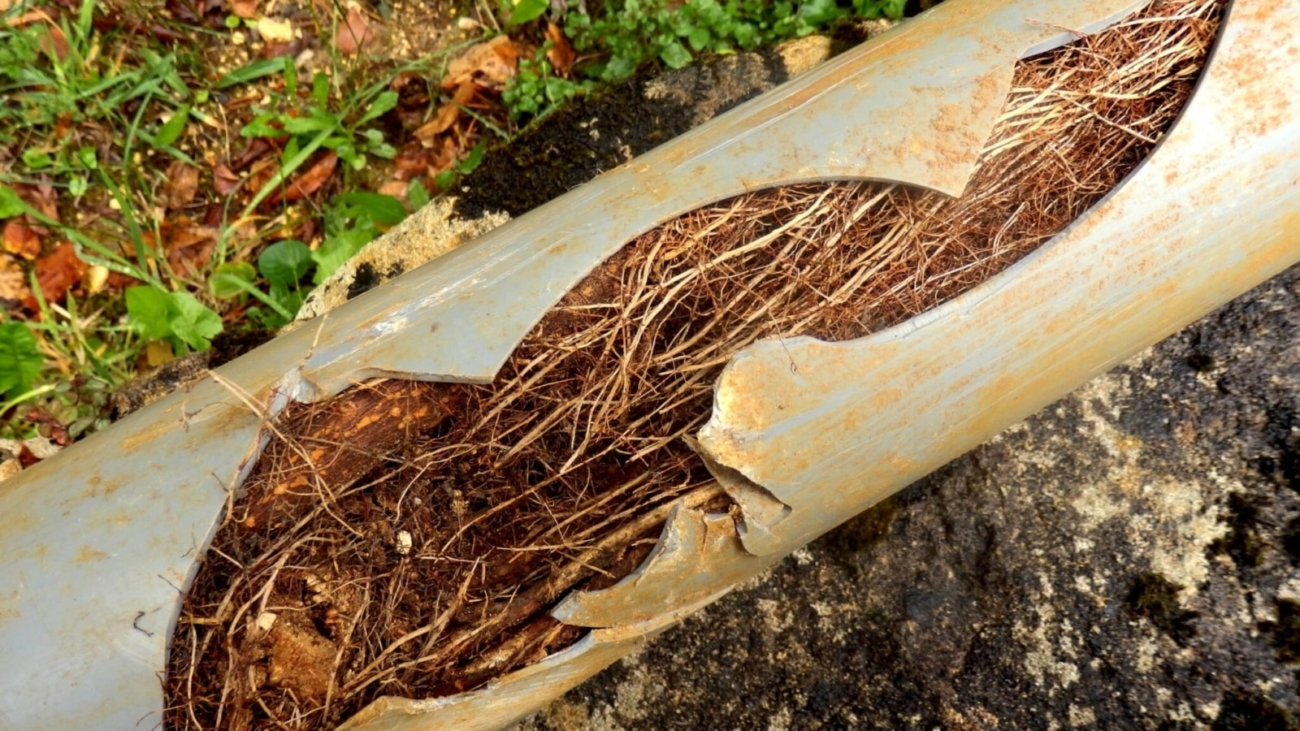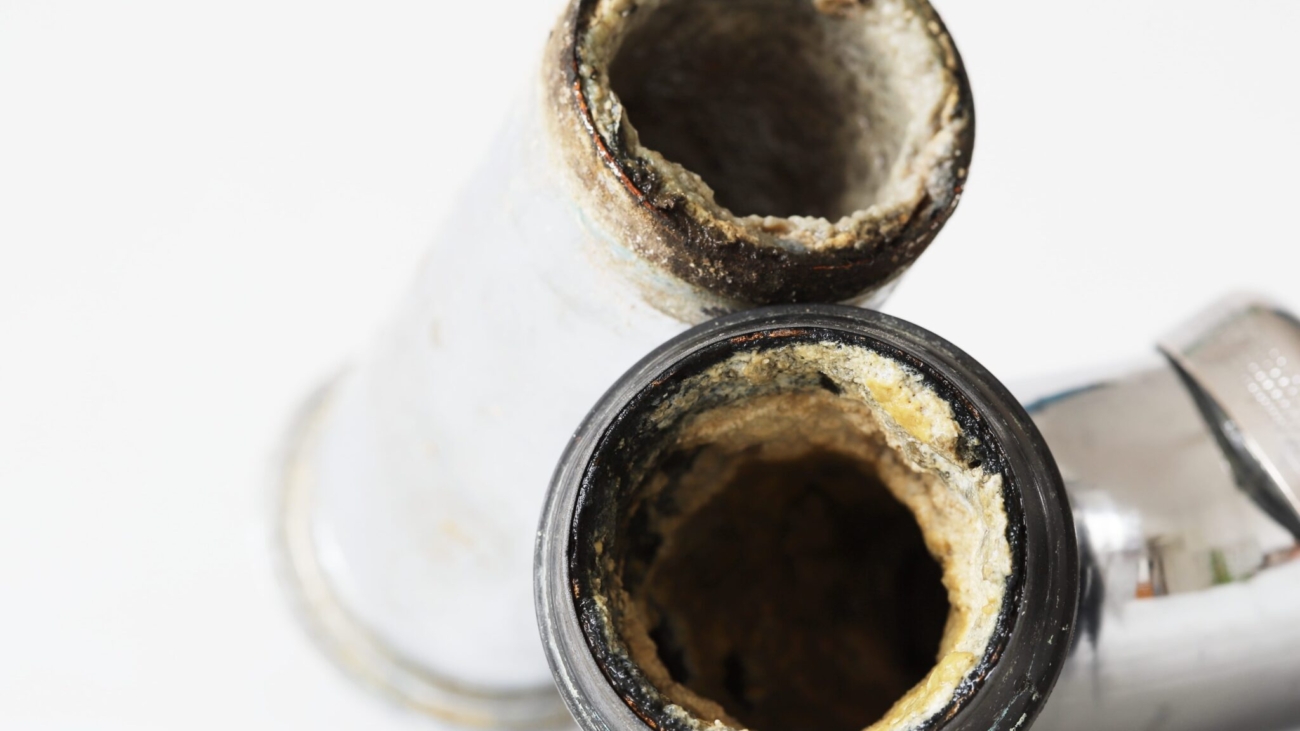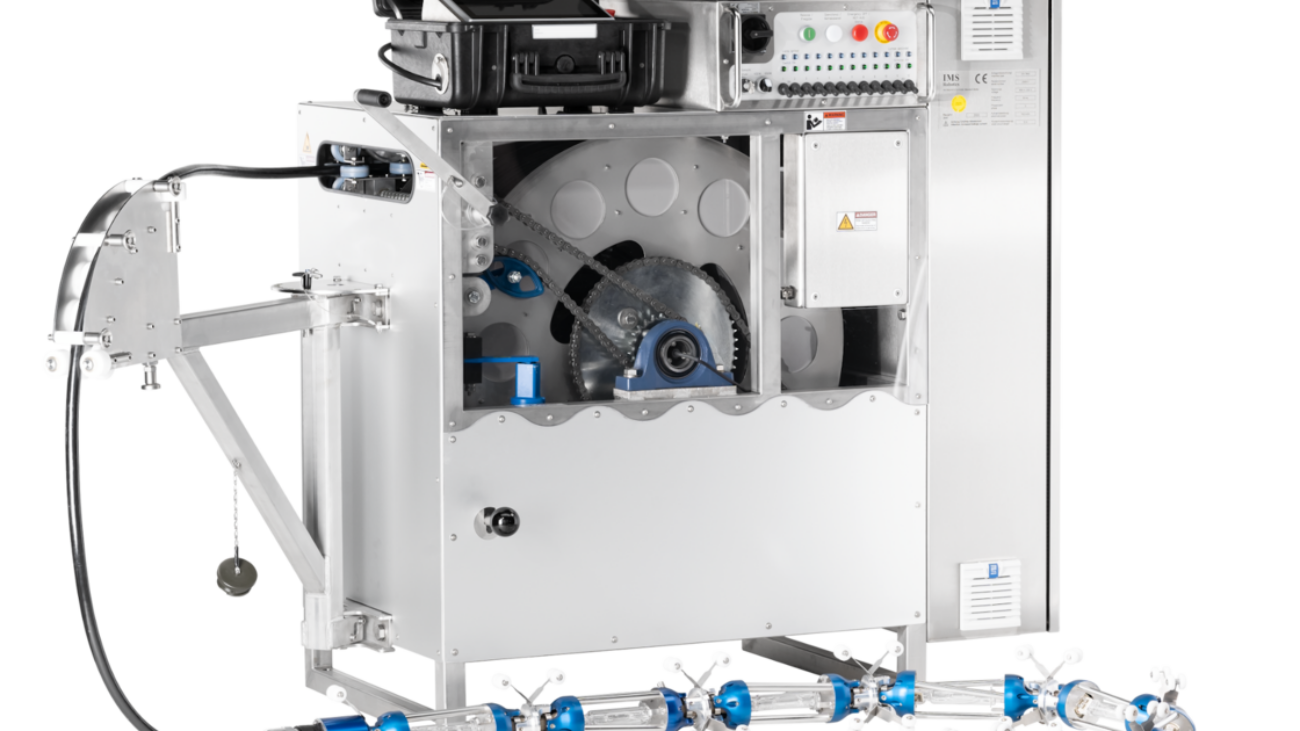Sewer Inspection equipment is a useful and needed tool to maintain pipes and minimise the risk of unwanted damage. However, pipes aren’t all designed to allow human eyes to see any problems; this is where specially-made tools with modern technology are needed to be our eyes within the pipelines as they’re small and flexible enough to go far into the pipeline without having to dig up any ground causing significant disruption.
Below are some of the most common pieces of equipment you need for sewer inspections.
Crawlers
Pipe crawlers are remote-controlled mobile devices that have a light and camera system. They’re driven down through the pipes to record videos, take photos or give a live visual of what’s happening. With 360-degree movement, the camera can be rotated to see all angles of the pipework to better understand what’s going on inside the sewer lines, allowing any defects or blockages to be easily detected. They’re built in a variety of sizes to suit multiple pipe diameters.
Push Cameras and Cutting Tools
Many of our cutting tools come with built-in LED cameras that can be driven into the sewers so that you can view the inside of the pipes and immediately react to any debris or tree roots that may have started to cause damage. Our push cameras and cutting tools like the Drive and Turbo 3 and 4 can be used for a range of DN 150 to 800.
Things to consider…
When picking the right sewer inspection equipment you need, you’ll need to consider the cost of the equipment and what level of zoom and detail you need to suit the requirements of the job. Not to mention the size of the equipment to fit into the size of the sewer pipe you’re going to be working on.
If you would like to find out more about our sewer inspection equipment and which would suit your needs and requirements for the job, get in touch with us. Our team will be happy to provide you with all the information you need as well as be able to give you a demonstration of how the equipment works when you have it delivered.
If you have any questions about our sewer inspection equipment then feel free to contact犀利士 us.
